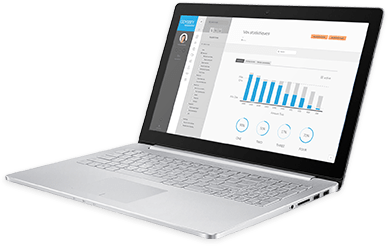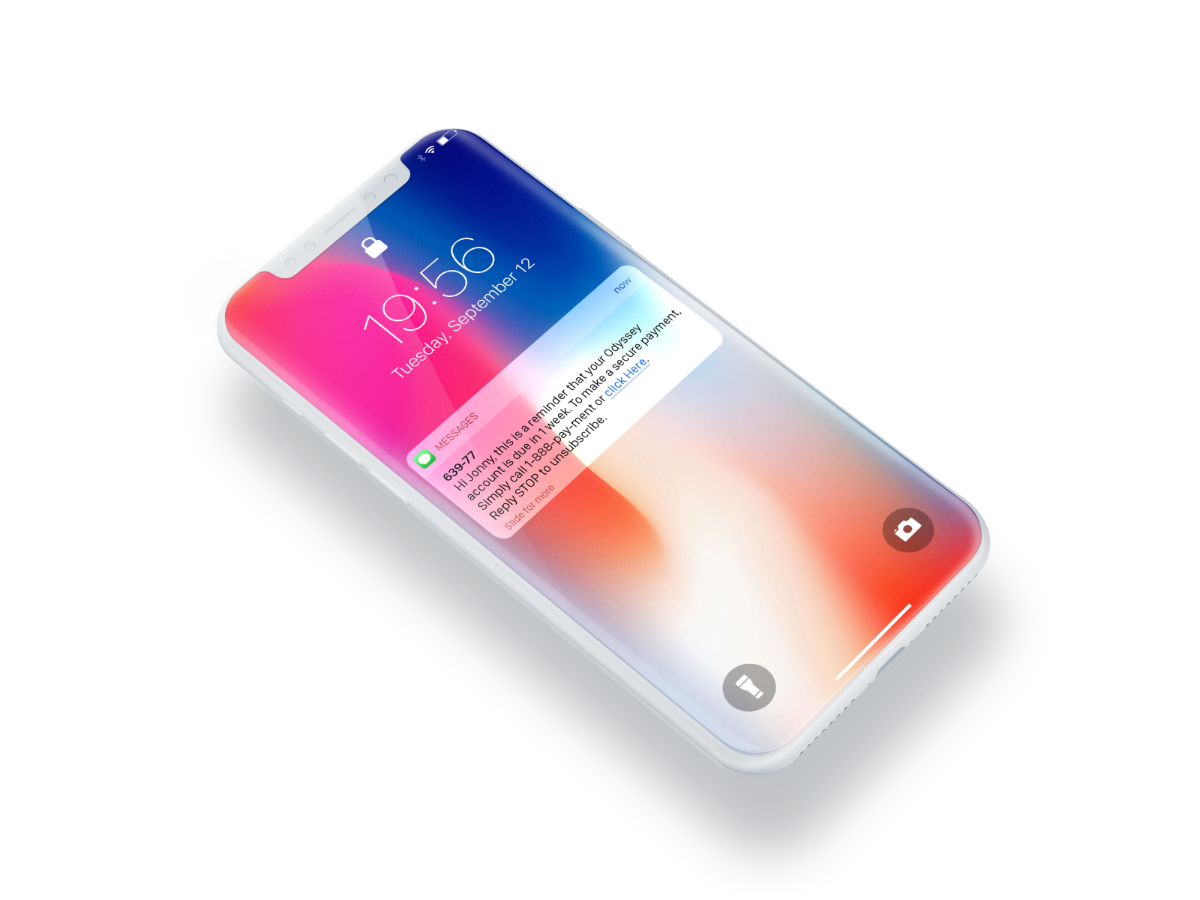How To Ensure Your Collection Email Campaigns Are Effective.
Please note that the information presented in this document are examples and what may work for some may not necessarily work for other companies. Odyssey Services does not make any claims as to their effectiveness or legal/regulatory use and does not constitute advise and cannot be held responsible for any circumstances arising from the use … Read more







